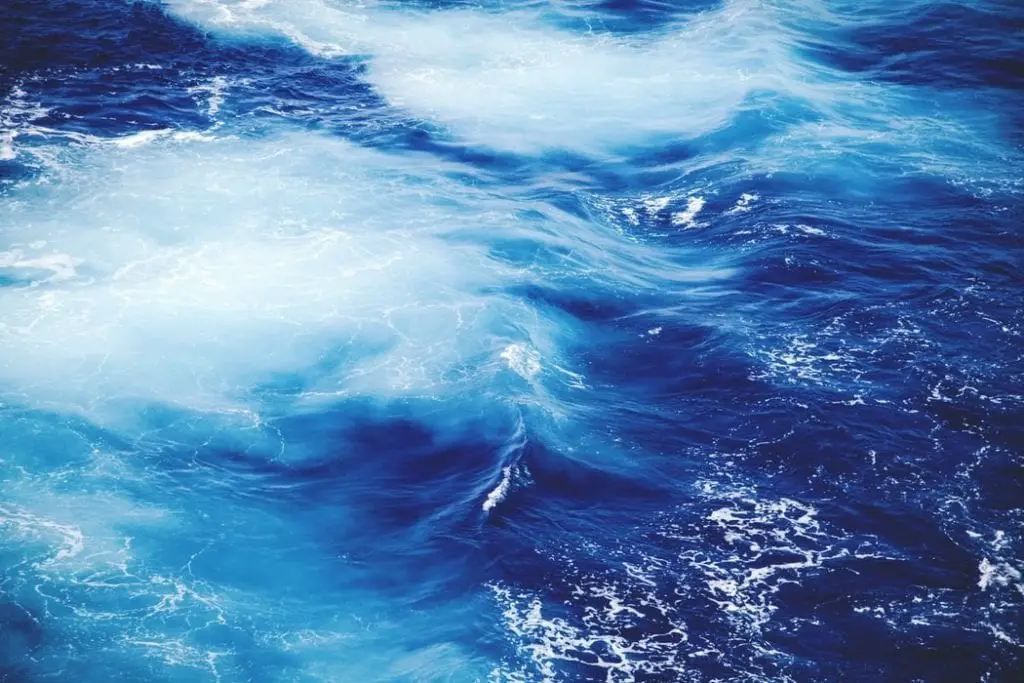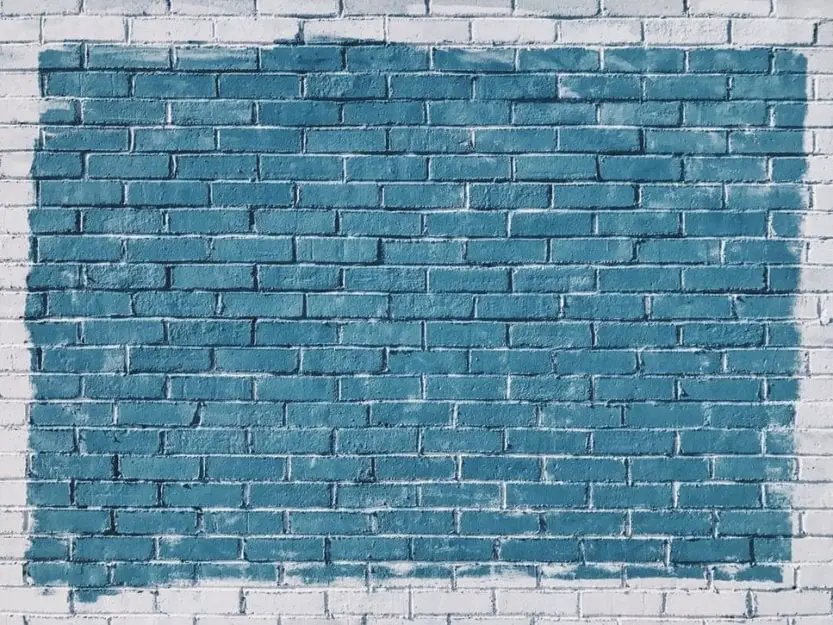Have you ever thought about how certain colors make you feel? Since ancient times, people have believed that colors can affect a person’s moods and feelings. Although there is no clear evidence that examines the cause-effect relationship between colors and behaviors, some generalizations about color symbolism has been made. In fact, some research has purported the idea that colors can have psychological effects on people.
If you look around, you will observe the use of colors in the field of design and fashion to evoke certain emotions. Various factors like age or gender could come into play, although studies have shown the powerful impact of colors on the moods, behavior and even physiology in some people.
Common warm colors like orange, yellow and red are said to induce a lot of animated emotions. On the other hand, cooler colors are usually found on the blue end of the light spectrum and include colors like violet and green. In most cultures, these colors were associated with the qualities of peace, spirituality and coolness.
Often, seeing some colors can evoke sadness or happiness or even evoke hunger. Such emotions usually depend on factors like the culture you grew up in, your biological conditioning and your physical state.
Several psychological studies were conducted on blue symbolism and the perception of blue. The color blue is said to instill in people different types of moods as well as emotions. Many researchers have also studied the psychological impact of blue on individuals.
Blue symbolism can be found in nature as blue is a common color like green in nature. The clear blue skies or the peaceful oceans are examples of blue symbolism in nature. It does not come across as a surprise then that blue is associated with tranquility.
On the flip side though, blue also stands for depression or sadness and this is most visible in the popular phrase ‘feeling blue’. There is a reason why blue is considered a calm or serene color. It is because blue is found in abundance throughout nature, giving people the impression of peace. Again this coolness aspect of blue symbolism could also mean distant or cold.
Not only is this color associated with serenity, it also stands for traits like communication, intelligence as well as logic. As far as physical state is concerned, blue is known to reduce temperature and stress levels in an individual. Despite the color having negative connotations, it is one of the popular colors worldwide.
Calmness and tranquility
As compared to red, which is associated with passion, blue is linked with serenity over intensity. Research has shown that people often visualize the color blue when asked to think of something peaceful- especially a water body. It represents a sense of inner reflection due to its stillness and calmness. Blue is said to have the opposite reaction of red on the body. Some effects include slowing down metabolism and lowering blood pressure.
In addition to feelings of coolness, it evokes trust and security as well. This is because if you look at the blue hue, it can cause the body to secrete calming chemicals. It makes sense then that it is such a popular color. If you have observed, offices and corporate world use dark blues for a professional feel but using it too much is not advised. Dark blues often promote a cold feeling while the lighter shades of blue are more relaxing and comforting. Even logos of social media giants like Twitter and Facebook are a lighter shade of blue.
Authority
When compared to other colors, blue is said to represent authority and confidence. This could explain why in some countries the uniforms of police are blue. The color has the inherent quality to evoke trust, especially when worn by an authoritative person. Warmer colors like red are linked with feelings of power – negative feelings like anger and hostility. Blue on the other hand, tend to stand for authoritative proficiency and calmness.
Trust and stability
Blue symbolism is rooted in the feelings of stability as well as trust. It has been found that most important jobs use this color as their symbols or in their uniforms. This is because blue is such a dependable color and evokes trust in people. As a result, people are more likely to have faith in their professional competence and effectiveness. Even in business it helps in evoking customer loyalty as blue is linked to qualities like reliability, honesty and trust.
As compared to warm colors, blue is perceived as non-threatening, making it the ideal choice for businesses to instill feelings of dependability. Many advertisements, product designs and branding use this color to showcase its positive traits like security.
Blue is used extensively in banks and other financial institutions as people’s trust is very important for them. Most popular brands like Samsung, HP and Intel use the color in their logo to evoke loyalty. Not only is it associated with trust but even with qualities like clarity. Most toothpaste, soap, medicine and beverages brands use the color blue for this reason.
Creativity and productivity
Blue also has links with creativity because of the effects of the color on the body of a person. Heart rate and blood pressure reduce drastically and such conditions evoke a feeling of relaxation and peacefulness. This in turn helps the individual to come up with interesting, new ideas. Studies have found that darker shades of blue can even improve thought processes of the brain. On the other hand, lighter hues of blue increase concentration levels of a person.
Not only creativity, blue symbolism also includes productivity. This is one of the reasons why offices are painted blue to increase morale and encourage calmness. When it comes to emotions and logic, this brilliant color is also linked to intelligence, competence and wisdom. It has been found that blue can even help with mental clarity- helping students study better. It is also associated with confidence without any sign of aggression.

Physical effects
Research by various experts show blue light’s ability to reset a person’s sleep-wake cycle or circadian rhythms. During the day, the blue light that emits from the sun prevents the secretion of melatonin from the pineal gland.
Melatonin is responsible for sleep cycles and blue light can help people stay awake. Despite it being a popular color among men and women, it can come across as non-appetizing too. Many dietitians recommend weight loss plans that involve eating food from a blue plate. The reason for this is other than plums and blueberries, blue color in food often indicates poison or decay.
Aloofness and sadness
Although blue is associated with serenity, it sometimes can be interpreted as emotionally distant or cold. Too much use of refreshing blue can give out a distant and haunting feeling. Lighter shades of blue can especially give out feelings of sadness and aloofness. Blue, depending on the situation, can even come across to people as dangerous or emotionally blunt.
In addition to this, it is also known as the color of sincerity. Most times though, the color blue is used in the context of sadness. This is why sometimes, due to its unfeeling nature, blue can evoke feelings of isolation and loneliness. Blue does stand for sincerity as well as gentleness but it can also remind people of great grief or sadness.
Personality traits associated with different shades of blue
Sky Blue: This serene color can instill qualities of fidelity and selfless, all-encompassing love. This is a very peaceful color, often giving hope to people in overcoming their hardships.
Light blue- It often inspires freedom as well as creativity in individuals.
Cobalt Blue: This is the color that can encourage people to be ambitious in achieving their dreams and goals. It often evokes determination, giving a sense of purpose to people.
Dark Blue: A rich shade of blue, it represents qualities like responsibility and conservatism. On one side, it stands for coolness and calmness. On the other hand, this color can represent repressed feelings and evoke pessimism and hypocrisy. It has the potential to encourage kindness but it has trouble expressing itself. Dark blue in most cultures stands for royalty, power and integrity and is increasingly used in authoritative institutions.
Blue is a very versatile color that can represent sadness and wisdom both at the same time. It is one of the most emotional colors out there. Blue is a very thoughtful and reminiscent color and in certain situations, its effects can increase based on colors around it.
Blue is a very reliable color, especially from a color symbolism perspective. It has the power to instill confidence and determination in an individual. In difficult times its dependable nature can help you out. It is a color that favors order, whether it’s in work or living spaces. Blue is a stunning color than seeks harmony and serenity over anything else. It encourages relaxation of the body and mind.



